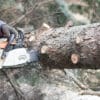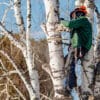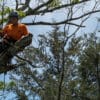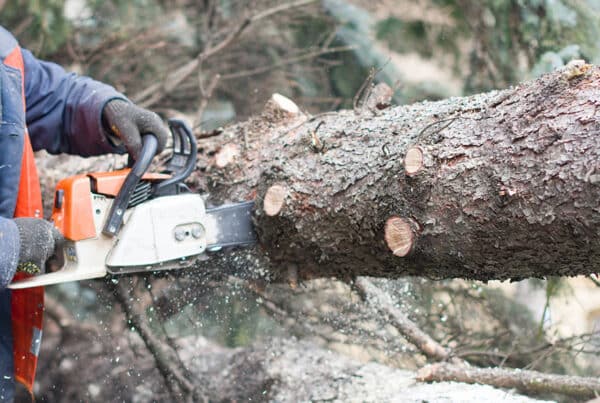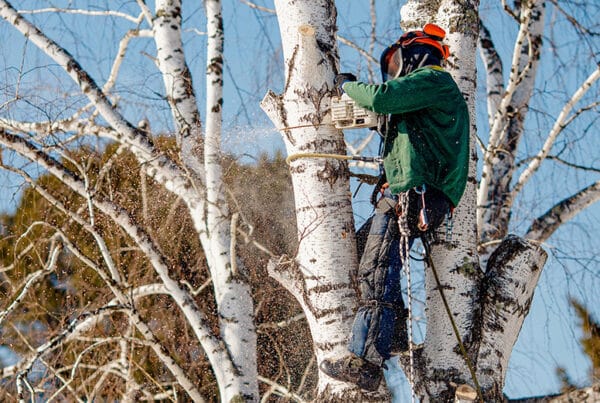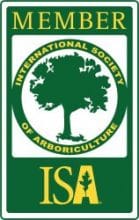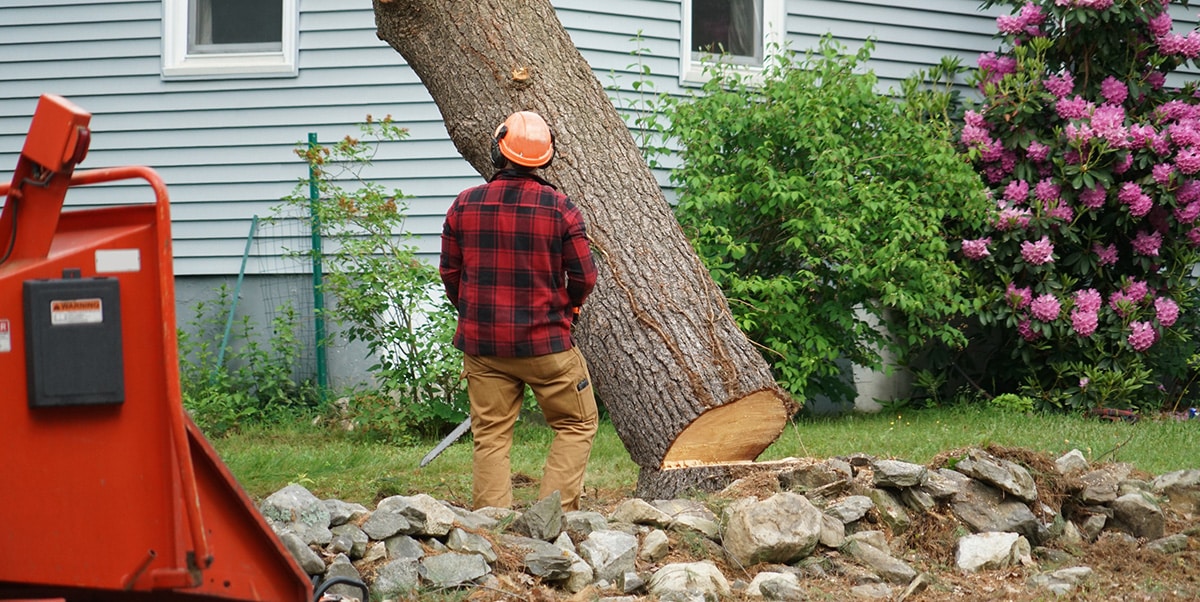
You notice a tree in your yard that looks overgrown, unbalanced, or maybe even dangerous—but how do you know whether it just needs a trim or if it’s time to remove it entirely?
Homeowners often hesitate to make this decision, unsure of the risks or the long-term impact on their property. Ignoring the problem can lead to property damage, safety concerns, or costly repairs down the line.
That’s why the experienced team at Low Stump Tree Service in Park City is here to help you understand the difference—and make the right call.
Dead branches are a warning sign
If your tree has multiple dead or broken limbs, it’s not just a cosmetic issue—it’s a safety hazard.
Dead branches can fall at any time, especially during high winds or heavy snow, putting people and property at risk. In many cases, strategic tree trimming by a certified arborist can restore the tree’s structure and health. But if the dead branches are widespread or concentrated around the trunk, it could be a sign the tree is in decline and may need to be removed.
Tree health and root stability matter
A healthy-looking tree can still be unstable if its roots are damaged or diseased. Root issues often go unnoticed until the tree starts to lean or show signs of decay at the base. Tree removal may be necessary if the roots are compromised and pose a risk of the tree toppling over.
However, if the roots are intact and the damage is minimal, trimming overgrown limbs can reduce weight and wind resistance, helping the tree stay anchored and healthy.
Proximity to your home or power lines changes the equation
Even a healthy tree can become a problem if it’s growing too close to your house, power lines, or other structures.
Over time, branches can interfere with roofing, siding, or electrical systems. In these cases, trimming may offer a short-term solution, but removal is sometimes the safer long-term option especially if growth is uncontrollable or the species is known for aggressive roots. An arborist can assess the tree’s placement and potential risk to nearby structures before recommending the best course of action.
Seasonal timing can affect your decision
Late winter and early spring are ideal times for trimming, as trees are dormant and easier to shape without causing stress. This also gives trimmed branches time to heal before pests and disease become active.
However, if your tree shows signs of decay or storm damage, removal may need to happen immediately, regardless of the season. Acting quickly can prevent more extensive damage or emergency removal down the line.
Ask Low Stump Tree Service for Expert Advice
When it comes to tree care, making the right choice between trimming and removal can save you money, protect your property, and maintain the natural beauty of your landscape. If you’re unsure what your trees need, contact Low Stump Tree Service in Park City for a professional evaluation.
Our team of skilled arborists is here to guide you toward the safest, healthiest solution for your yard.

